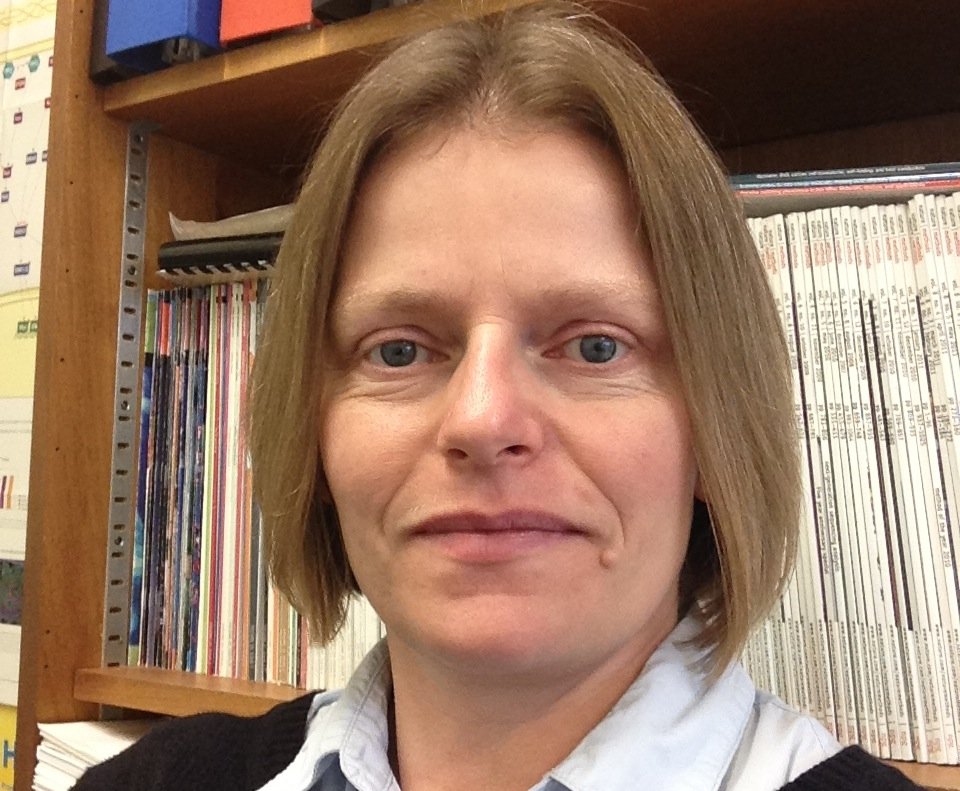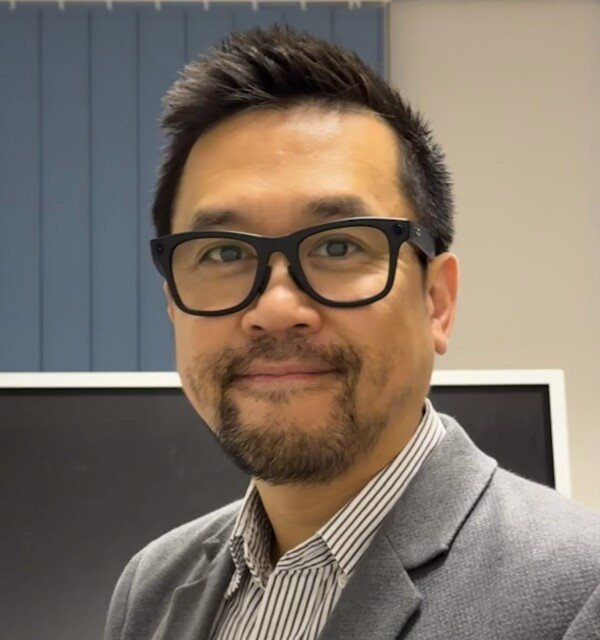Meet Julie and Jason, two pioneering researchers who have transitioned from traditional academic and clinical roles to becoming leaders in biomedical innovation. Together with an interdisciplinary team of academic researchers and clinicians, Julie has developed Polynerve, a groundbreaking repair device for peripheral nerve injury. Similarly, Jason was the clinical lead for the ReTendon project, developing a medical device designed to improve health outcomes for patients with tendon injuries.
These case studies delve into their journeys, highlighting the challenges and triumphs they encountered along the way. Discover how their innovative solutions are making a significant impact in the medical field and gain valuable insights into the importance of interdisciplinary collaboration and patient-centered research.
The Innovators and their innovations

Polynerve - A Novel Conduit for Peripheral Nerve Injuries
Polynerve, developed at the University of Manchester, is set to transform the treatment of peripheral nerve injuries (PNIs). These injuries often affect young, economically active individuals and can lead to significant disability. Traditional treatments, like autologous nerve grafting, involve harvesting a donor nerve from another part of the patient's body, leading to complications such as donor site morbidity and pain. Recognizing these challenges, researchers at the University of Manchester, including Dr Adam Reid and Professor Julie Gough aimed to develop a solution that eliminates the need for a donor nerve and reduces associated complications.
Polynerve is a polymer based conduit that guides regenerating nerves across gaps while offering physical protection and support. Its unique surface topography is specifically designed to facilitate nerve regeneration. Polynerve has successfully completed Phase I clinical trials, which primarily focused on assessing the safety of the device. The results indicated that Polynerve could achieve nerve repair outcomes equivalent to traditional methods without the complications of a second surgical site. This innovative approach not only simplifies the surgical process but also enhances the overall recovery experience for patients.
Impact : Polynerve represents a significant advancement in the field of nerve repair, offering a safer and potentially more effective alternative to traditional autologous nerve grafting. Its development underscores the University of Manchester's commitment to pioneering medical innovations that address critical clinical challenges. The successful implementation of Polynerve could lead to improved quality of life for patients suffering from peripheral nerve injuries, reducing recovery times and minimising the risk of complications. Polynerve Limited, the spin-out company formed to commercialise this technology, has secured approximately £1 million funding from investors and Innovate UK so far. The company is dedicated to bringing this innovative solution to market, aiming to reduce the cost and time of surgeries while improving patient outcomes. Additionally, Polynerve Limited has been recognized for its innovative approach and potential impact on healthcare, contributing to its growing reputation in the medical device industry.
Case Study: ReTendon - Reinventing Tendon Repair
ReTendon, developed at the University of Manchester, is an innovative medical device designed to improve the treatment of tendon injuries. Tendon lacerations, often caused by traumatic injuries or accidents, can lead to significant disability. Traditional treatments involve surgical end-to-end repair using sutures, but these methods often result in unsatisfactory outcomes due to scar formation and a high rate of re-rupture. Recognizing these challenges, Professor Jason Wong alongside Professor Sarah Cartmell and and their multidisciplinary team sought to develop a solution that would enhance tendon healing and reduce complications.
ReTendon is made from a degradable polymer called polycaprolactone (PCL), which is fashioned into fiber yarns and plaited to form a device that can be inserted into the sutured tendon. This device acts as a bridge between the ends of the tendon, promoting faster and stronger healing by facilitating cell migration and collagen deposition. Initial research, funded by the Engineering and Physical Sciences Research Council (EPSRC) and the Medical Research Council (MRC), demonstrated the device's efficacy in animal models, showing enhanced collagen deposition and improved tendon mobility. Subsequent grants, including two prestigious Development Pathway Funding Scheme (DPFS) awards from the MRC, allowed the team to further test the device in larger animals, confirming its safety and effectiveness. The device was shown to be non-cytotoxic and capable of regenerating high-strength tendon tissues without causing adverse effects. These promising results have paved the way for the device to move closer to clinical use.
Impact: ReTendon represents a significant advancement in tendon repair, offering a safer and more effective alternative to traditional suture methods. The successful implementation of ReTendon could lead to improved quality of life for patients suffering from tendon injuries, reducing recovery times and minimizing the risk of re-rupture. ReTendon Limited, the spin-out company formed to commercialise this technology, has received significant investments, including $581K in grants and funding from Innovate UK and NLC Ventures.

Words of Advice
We have recorded a podcast with Julie and Jason discussing their experiences in translating biomedical innovations into clinical practice. In the podcast, both Julie and Jason delved into the complexities of designing clinical trials, the importance of engaging with technology transfer offices, and the challenges of balancing academic and commercial goals. They emphasised the significance of interdisciplinary collaboration, effective leadership, and a patient-centered approach in advancing health technologies from research to real-world applications.
It's also important to maintain a long-term strategy, considering the entire translational pathway and thinking ahead about aspects like funding and regulatory approvals. While it's challenging, focusing on the potential market for innovations is critical for achieving impact, despite the tendency of academics and clinicians to overlook financial aspects.
You can listen to extracts from Julie and Jason's podcast below. A link to the full podcast will be provided on this page once released as part of the Health Care Matters Podcast Series from the Christabel Pankhurst Institute.
"Engaging with clinicians early ensures that our innovations are aligned with real clinical needs and can be effectively translated into practice."
Professor Julie Gough
Engaging Patients and Clinicians Early to Address Unmet Opportunities
A patient-centered approach and clinician involvement are essential in research and health innovation. Both case studies highlight the need to understand patient needs and preferences to develop impactful solutions, stressing the significance of clinician and patient engagement from the start. This approach ensures that research addresses real-world problems effectively. Interdisciplinary collaboration is crucial in health innovation, with the choice of collaborators—such as chemists, biomaterial scientists, microbiologists, and plastic surgeons—being informed by patient and clinical needs to drive meaningful innovation and address evolving healthcare challenges.
Fostering an Entrepreneurial Mindset in Biomedical Innovation
Developing an entrepreneurial mindset is crucial for driving innovation in biomedical research. Both case studies emphasised the need for refining ideas continuously and thinking of new applications to address emerging challenges. The commercialisation pathway was highlighted as a critical aspect, with a focus on engaging with technology transfer offices and securing translational funding instead of traditional academic grant routes. Things are improving as the University now provides more support to overcome obstacles and foster innovation, including useful tools - like the Pankhurst Health Technology Translation Toolkit - and training initiatives, which are essential to help academics translating research into impactful healthcare solutions.
"The flexibility to pivot and explore new directions is crucial for fostering creativity and driving meaningful innovation."
Professor Jason Wong
From Academia to Innovation: The Spin-Out Journey
Defining an exit strategy is crucial in healthcare innovation, as it outlines the path for translating research into practical applications. Possible exit strategies include licensing the technology, forming a spin-out company, or partnering with established industry players. In the podcast, Julie shared her experience with the spin out process for PolyNerve, a repair device for peripheral nerve injury, highlighting the role of the tech transfer office in facilitating this journey. The tech transfer office provided essential support in navigating the commercialisation pathway, securing venture capital funding, and connecting with industry partners. For PolyNerve, engaging with the tech transfer office early on was instrumental in overcoming roadblocks and ensuring the successful launch of a spin-out company. This example underscores the importance of institutional support in transforming academic research into impactful healthcare innovations.
Embracing Flexibility and Agility in Health Care Innovation
Being flexible and agile is instrumental to drive innovation effectively. Unlike academic settings, where funding sources are often rigid and tied to specific projects and milestones, startup companies benefit from more flexible funding that allows for rapid adjustments and pivots. This flexibility is crucial for implementing the "fail fast and progress" approach, which encourages quickly identifying and addressing failures to accelerate development. Within companies, although the focus is often on getting to market, the final goal of treating patients should always drive innovation. This mindset ensures that setbacks are seen as opportunities for learning and improvement rather than obstacles, enabling companies to adapt swiftly to changing circumstances and maintain momentum towards achieving impactful healthcare solutions.
"Having confidence in your work and enjoying the journey is key to overcoming challenges and achieving success in healthcare innovation."
Professor Jason Wong
Current and Future Funding Landscape in Healthcare Innovation
The complexities and challenges of the funding landscape in healthcare innovation are significant, and while improvements are being made, substantial changes are still needed in the academic funding system. The current funding system often inhibits creativity and is not well-suited for fostering innovation. The rigid structure and inefficiency of traditional academic funding cycles limit the ability to pivot and explore new directions. To truly support innovation, there is a need for more flexible funding mechanisms that allow researchers to adapt quickly, seize new opportunities, and work beyond the constraints of conventional funding timelines. This shift would enable a more dynamic and responsive approach to developing impactful healthcare solutions to the benefit of patients.
Nuggets of Wisdom for Aspiring Health Innovators
Julie and Jason conclude their podcast by sharing valuable advice for aspiring health innovators. They emphasised the importance of engaging with clinicians early in the research process. This collaboration ensures that the innovations are aligned with clinical needs and can be effectively translated into practice, ultimately benefiting patients.
Additionally, they highlighted the significance of believing in what you are doing and enjoying the journey. Passion and enjoyment are key to overcoming challenges and achieving success in the field of healthcare innovation. By staying committed and enthusiastic, innovators can navigate obstacles and make a meaningful impact on patient care.
Explore these case studies in full to learn more about the innovative work being done at the University of Manchester and its impact on healthcare by listening to the Health Care Matters Podcast Series from the Christabel Pankhurst Institute.

